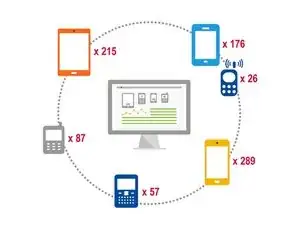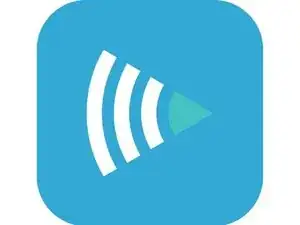Background
Typically, an MDM is a combination of on-device applications, device policies, and a backend infrastructure that is implemented into an organization's I.T infrastructure to simplify the management of these devices. For most organizations, their I.T department will often need to be responsible for a wide range of devices for a wide range of end users. An MDM is implemented to help streamline the management process for both devices and end-user accounts in a way that is both consistent and scalable.
While the core functionality of an MDM includes the ability to manage devices and their end-users, MDMs also help with the following tasks...
- End user devices are consistently configured to the organization's standards.
- Devices are receiving the latest security updates/settings
- Deploying and updating applications that are necessary to the end-users (Typically over the air)
- Monitoring the performance of equipment
- Monitoring the physical location of equipment
- Diagnostics of equipment that are in a remote location
- Ensuring that users are using the equipment appropriately
Specifications
Open Mobile Alliance (OMA)
Open Mobile Alliance is an open standard-based provisioning method. This means that the specifications are openly available for anyone to implement, and is available for a wide range of devices.
Smart Messages
Smart Messages are a text message-based provisioning protocol
OMA Client Provisioning
OMA Client Provisioning is a Binary text message-based service settings provisioning protocol.
Nokia-Ericsson OTA
Much like OMA Client Provisioning, Nokia-Ericsson OTA is a Binary Text message-based service settings provisioning protocol targeted specifically for Nokia mobile phones.
Over-the-Air Programming
The key foundation of today's MDM services is Over-the-Air Programming. This gives an organization the ability to remotely configure either one single device or a batch of devices from a single user interface. These device configurations can include application updates, OS updates, remotely locking or wiping the device, or remotely troubleshooting a device or multiple devices.


